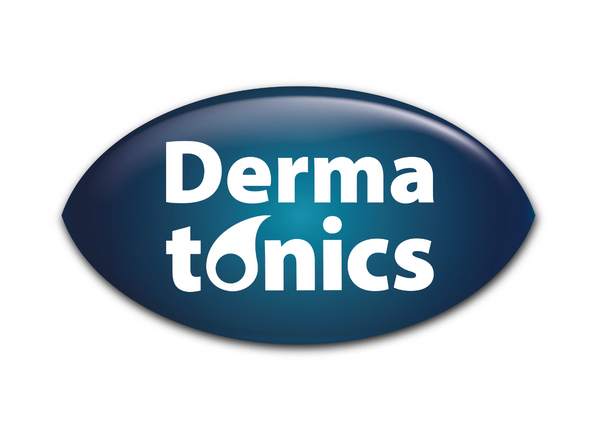Callus is a key risk factor for Diabetic Foot Ulceration. Removing it can reduce the risk of ulceration 14 fold. 1
For patients with callus and another risk factor (neuropathy or PAD) NICE guideline NG19 requires the provision of skin care for the feet.
There is no evidence showing that non keratolytic emollients can remove callus.
A paper in The Diabetic Foot Journal by leading UK experts suggests the application of urea creams to treat callus 2. Patients with neuropathy have impaired sweat glands and should therefore continue to use Dermatonics Once Heel Balm to prevent recurrence of callus.
